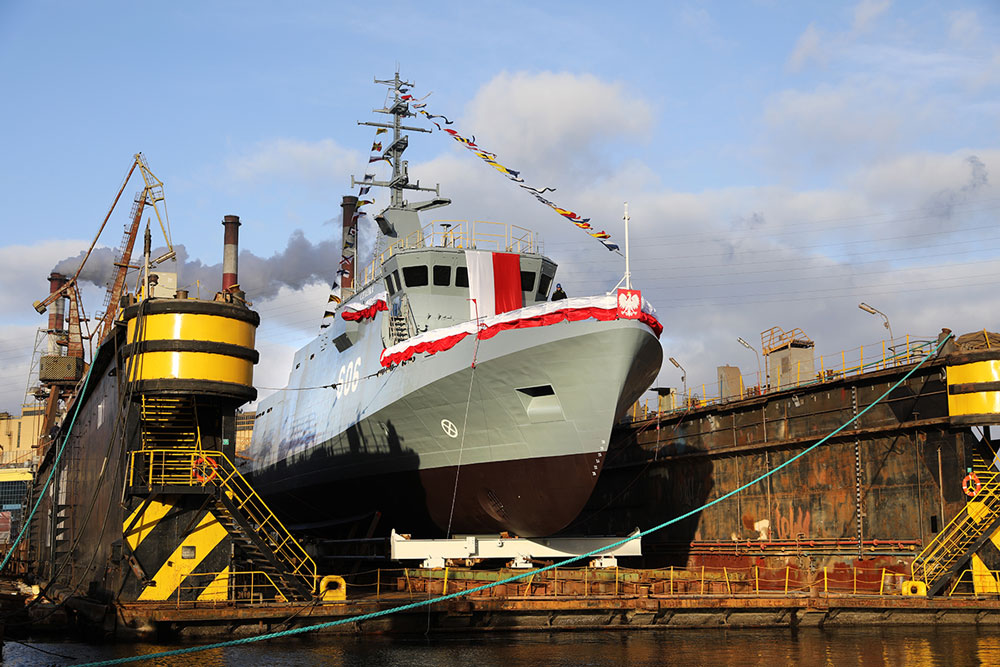Deliveries of container ships reached a new annual record in the first ten months of 2024. This was reported by the shipping organisation Bimco.
“A total of 410 vessels with a capacity of 2.5 million TEU were delivered, surpassing the previous high of 2.3 million TEU in 2023,” says Niels Rasmussen, Chief Analyst at Bimco.
As the scrapping of older vessels remains low, the container fleet has increased by 2.4 million TEU (+8.7%) due to deliveries since the beginning of 2024. The container fleet now consists of 6,699 ships with a capacity of 30.4 million TEU.
It has grown by 32% since the beginning of 2020 – since then, newbuilds with 7.8 million TEU have entered service, which is also a new record for a five-year period.
Bimco sees increasing share of liner shipping companies
And the wave of newbuildings continues: so far this year, more than twice as many orders have been placed as last year – 286 ships with a capacity of 3.3 million TEU. The global order book now shows 7.6 million TEU, which corresponds to 25% of the existing fleet.
The liner shipping companies hold the lion’s share of this with 78% of the order book, while their share of the fleet in service is only 60% – the balance is shifting here, writes Rasmussen.
Ships with a capacity of between 12,000 TEU and 17,000 TEU account for just under half (42%) of capacity growth and 47% of the order book. Units with more than 17,000 TEU account for 25% of fleet growth and 27% of the order book.
A further 0.5 million TEU are expected to be delivered in the course of 2024, bringing deliveries for the year to almost 3.0 million TEU. This will be followed by an average of 1.7 million TEU per year over the next four years.
Scrapping is currently not keeping pace with the volume of newbuilds. However, ships with a total of 3.4 million TEU will be more than 20 years old next year. If these freighters are all recycled in the next five years, fleet growth from the current order backlog could be limited to 14%, according to Rasmussen.














